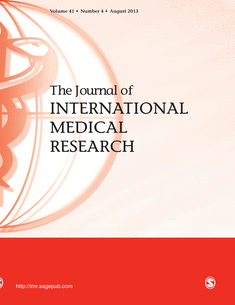
General Orthopaedics
Alendronate is an effective way of increasing BMD and reducing bone turnover
J Int Med Res. 2011;39(1):302-10180 post-menopausal Chinese women, between 40 and 70 years of age, with osteopenia (T-score between -1.6 and -2.4), were randomized into 1 of 2 groups to study the effects of early antiresorptive drug intervention on osteopenia. The first group, classified as the treatment group, was given received 70 mg of alendronate once every 2 weeks plus 0.5 micrograms of alfacalcidol daily, while the second croup, classified as the control, only received 0.5 micrograms of alfacalcidol daily. Results showed that individuals who received early intervention with alendronate (antiresorptive drug), had higher BMD and significantly reduced bone turnover, 12 months after treatment began.
Unlock the full article
Get unlimited access to OrthoEvidence with a free trial
Start TrialCritical appraisals of the latest, high-impact randomized controlled trials and systematic reviews in orthopaedics
Access to OrthoEvidence podcast content, including collaborations with the Journal of Bone and Joint Surgery, interviews with internationally recognized surgeons, and roundtable discussions on orthopaedic news and topics
Subscription to The Pulse, a twice-weekly evidence-based newsletter designed to help you make better clinical decisions
Exclusive access to original content articles, including in-house systematic reviews, and articles on health research methods and hot orthopaedic topics
Or continue reading this full article
Register Now

Subscribe to "The Pulse"
Evidence-Based Orthopaedics direct to your inbox.




































